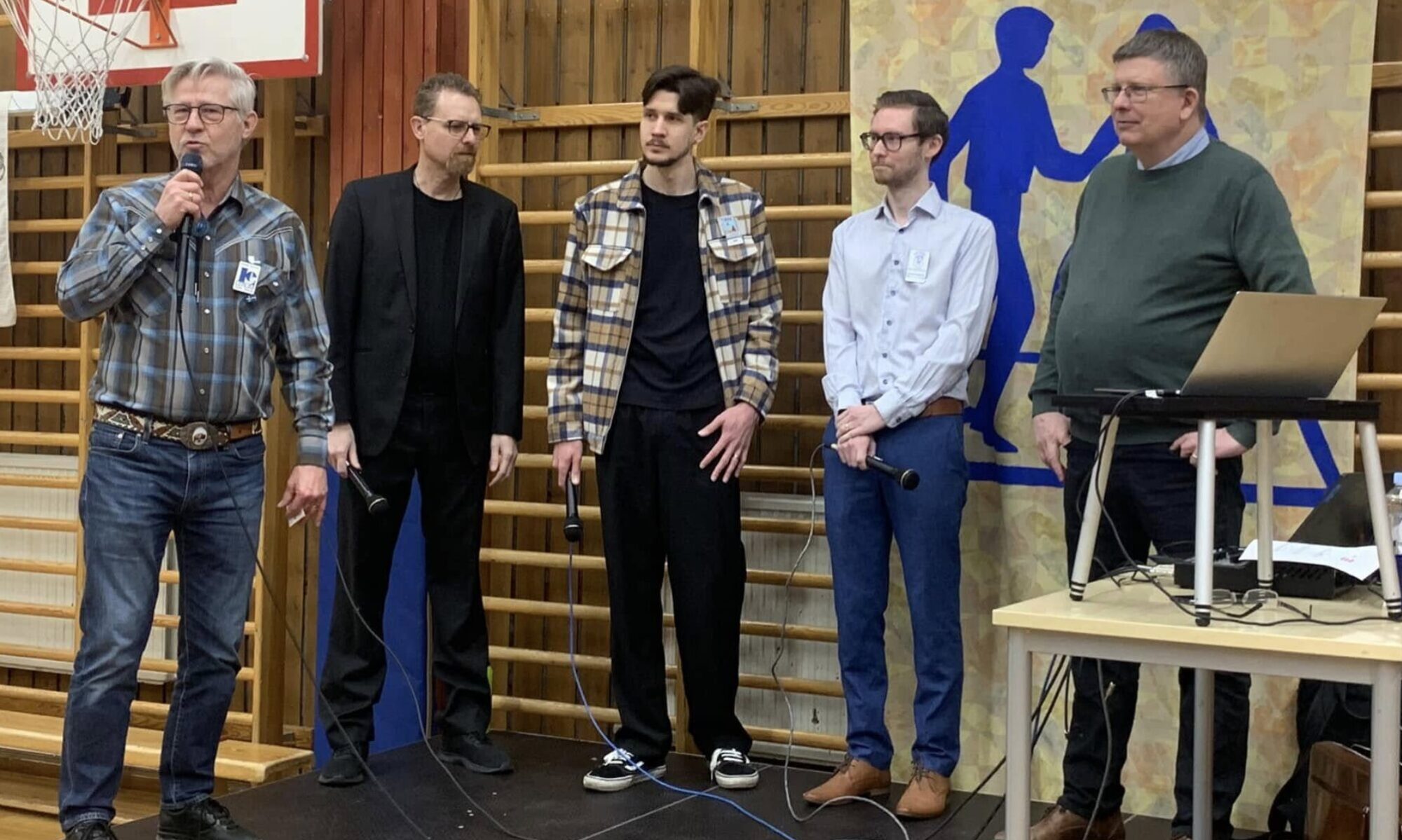Demographic suggestions
Players reported what their age is in many years (18–25, >25–30, >30–40, >40 ages), annual domestic income in U.S. bucks ( $100 K), intimate positioning personality (heterosexual, homosexual or lesbian, bisexual, more), sex (male, female), race/ethnicity (White non-Hispanic, light Hispanic, African United states, Asian, several races/other), marital updates (partnered, never ever hitched, separated, divided, widowed), and top and lbs that human body mass index (BMI kg/m 2 ) was actually determined. As a result of few members who reported becoming divorced, widowed, or divided, marital updates was classified as partnered, never married, or other.
Statistical analyses
We executed all statistical analyses in 2018 making use of Stata 15 and R adaptation 3.4.3. Wavelengths and descriptive studies had been examined for all factors. Each one of the UWCBs (e.g., fasting, self-induced vomiting, using laxatives, making use of weightloss pills, using anabolic steroids, and utilizing muscle-building products) are examined alone. Each UWCB was dichotomized such the https://besthookupwebsites.net/christian-cupid-review/ impulse ”never” scored 0 and answers ”less than monthly,” ”1-3 times four weeks,” ”once each week,” and ”more than once per week” obtained 1. Chi-square exams were used examine variations in sociodemographic characteristics in addition to dichotomized UWCBs between dating app consumers versus non-users amongst females and males. To achieve our very own learn intends, we carried out several multivariate logistic regression designs with online dating app incorporate since the main predictor, controlling for sex, race/ethnicity, money, years, marital updates, intimate orientation, to estimate the odds rates and 95percent self-esteem periods of each dichotomized UWCB. We furthermore conducted the analyses individually for women and for males centered on prior study findings indicating gender differences in eating results 36. Relevance levels was set at alpha = 0.05 for several tests.
Success
Sample attributes and prevalence of UWCBs
Dining table 1 presents the prevalence of sociodemographic qualities and poor weight control habits within our trial of software people and non-users (N = 1726). On the whole, 63.6percent (n = 1098) your sample were female and 36.4per cent (letter = 628) are boys. Among female, the vast majority of comprise non-dating software people (83.3%, n = 915), white (68.6per cent, n = 753), between years 18 and thirty years (55.8per cent, letter = 613), and recognized as right or heterosexual (86.5%, n = 950). Males confirmed similar properties since many are also non-dating app customers (66.7percent, n = 419), white (68.0per cent, n = 427), between 18 and thirty years old (58.8%, n = 369), and straight or heterosexual (88.9per cent, n = 558).
UWCBs had been commonplace among men and women, also offered in desk 1. The frequency of laxative use was actually 11.7percent (n = 129) and 18.8percent (n = 118) among people, respectively. Almost 9% (n = 95) of females and 16percent (letter = 98) of men reported throwing up for lbs controls. Some other predominant UWCBs add fasting (30.0per cent of females, n = 330 36.0per cent of men, n = 226), diet supplement pill utilize (13.0per cent women, letter = 143 16.7per cent men, n = 105), anabolic steroids (4.8per cent of females, n = 42 14.6percent of males, n = 92), and muscle mass building pills (7.9per cent of women, n = 87 28.7% of males, n = 180).
Results from chi-square assessments (furthermore presented in Table 1) declare that wedding in each one of the six UWCBs interesting contained in this study was larger among matchmaking app users versus non-users both for males and females. The circulation old, marital condition, intimate orientation, and BMI comprise additionally substantially different between online dating app customers and non-users in sex organizations. For example, among both women and guys, internet dating application customers had a higher amount of non-married and sexual minority-identifying individuals (age.g., gay or bisexual) weighed against non-users the age distribution was also reasonably younger among online dating app customers in contrast to non-users among both males and females.
